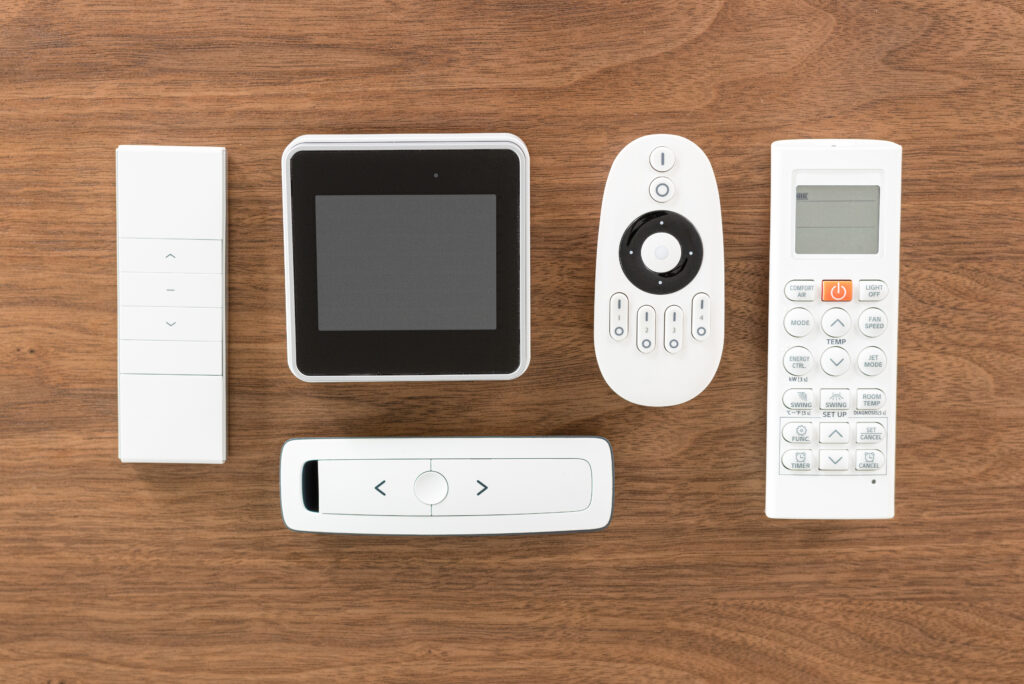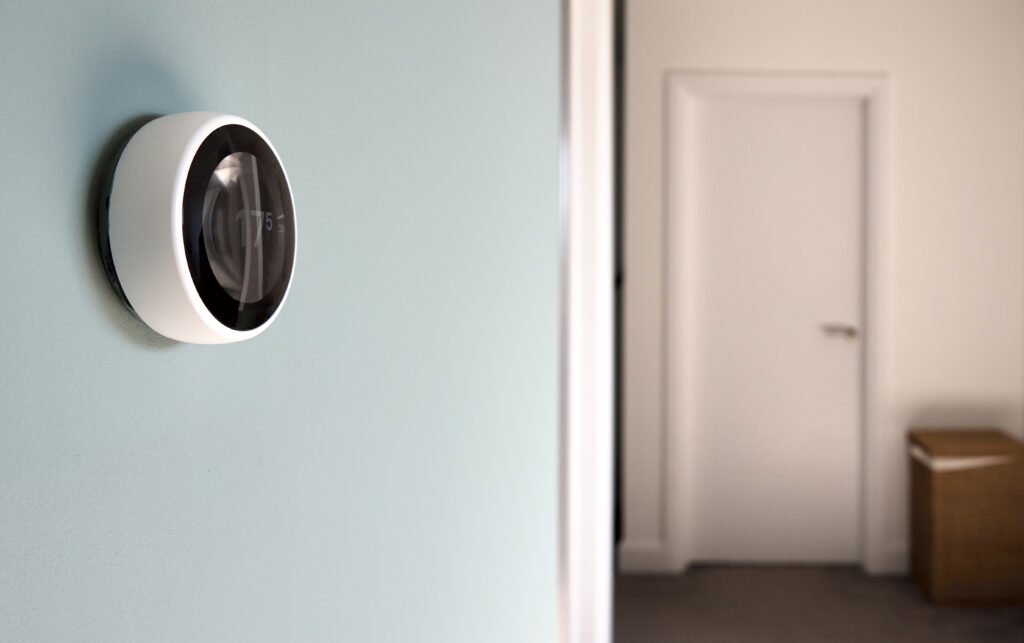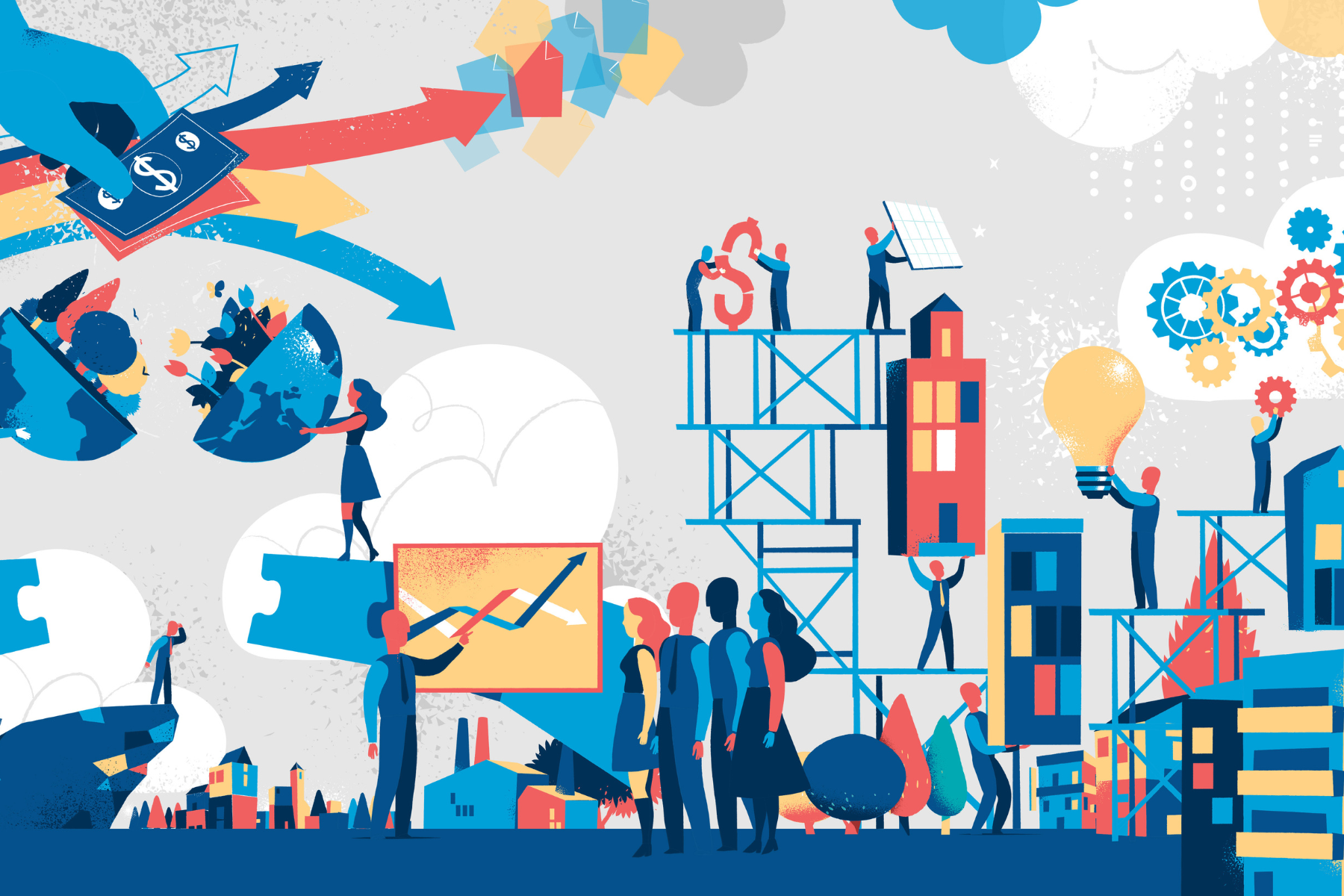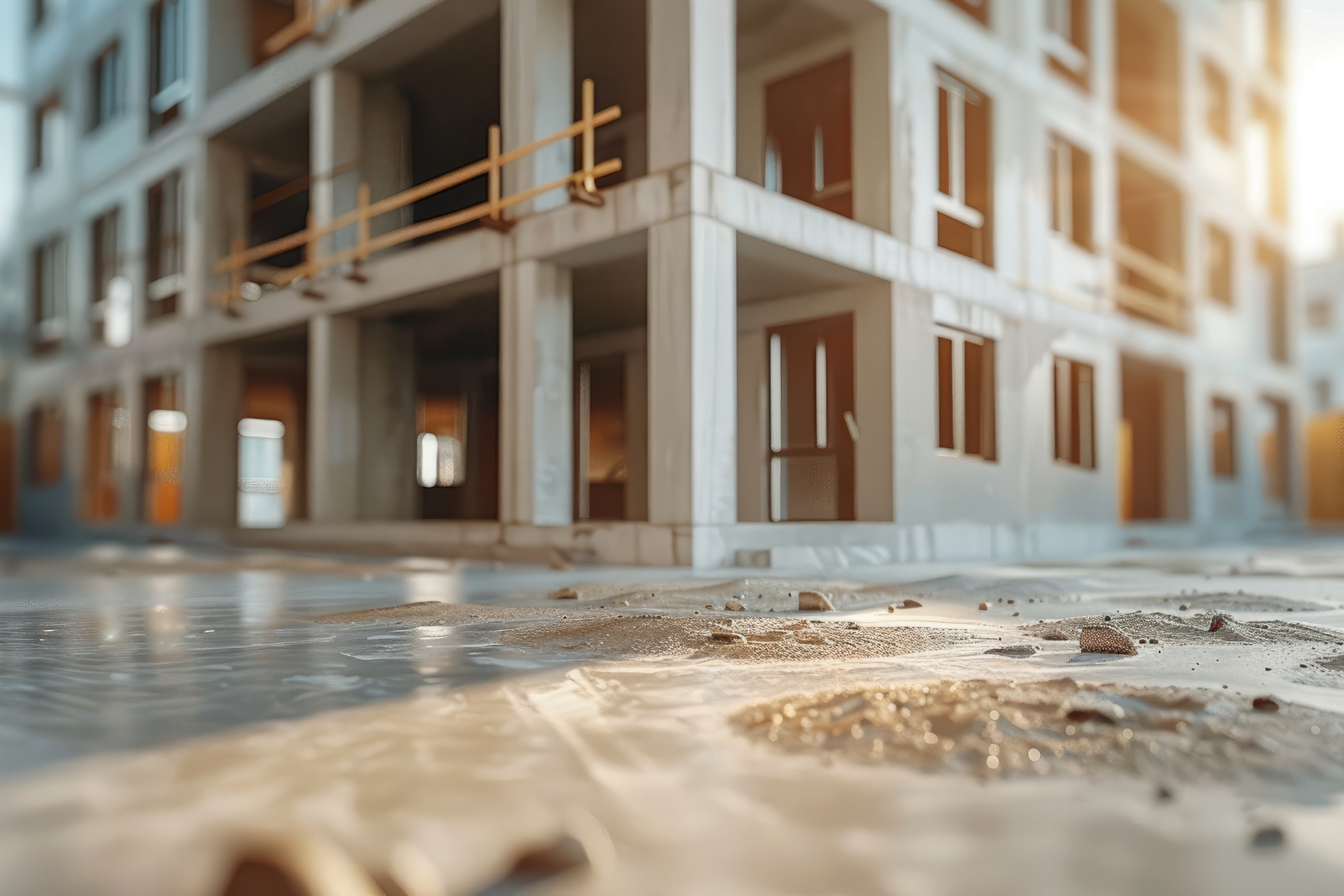In recent years, digital transformation has revolutionized the building landscape, leading to the emergence of increasingly smart and efficient buildings. In addition to advanced technologies, the key to defining a “smart” building lies in innovative facility management, with emphasis on crucial aspects such as plant engineering and energy consumption. In this article, we will explore in detail the key role of the
Building Management Systems (BMS)
in the transition from traditional buildings to smart spaces, taking an in-depth look at the features, benefits and future prospects of this revolutionary technology.
Traditional buildings or Smart Buildings: the automation revolution
In the context of traditional buildings, the management of the facilities is mainly done on board the facilities, with limited possibilities for automation and remote monitoring. In contrast, smart buildings adopt automated and remote plant management, offering an unprecedented range of benefits in terms of energy efficiency, safety, and living comfort.
At the heart of this transformation is the Building Management System (BMS), a complex system that harnesses the power of distributed hardware and software to provide fully integrated plant supervision and remote management. From burglar alarm systems to air conditioning systems, from individual switchboards to transformer rooms, a BMS provides a unified platform for supervising all company facilities.
BMSs enable the Facility Management Team to monitor and control all facilities in real time, ensuring business continuity. Through active-passive supervision systems, they ensure energy efficiency, safety and flexibility, creating an optimal working and living environment.

“Smart Masonry” and BMS
A tangible example of innovation is the
Sms-Safest
, developed by Filippo Ubertini, professor of Construction Technology at the University of Perugia, funded with 1.5 million euros from the Italian Science Fund. The approach is based on “smart masonry,” a retrofit concept using smart bricks and mortar. These materials not only serve a structural function but also act as sensors, providing information whenever the nanostructure or microstructure changes, thanks to electrically conductive fillers. The design is applied to buildings residing in a highly seismic area, producing an immediate assessment of the state of integrity of the structure after a possible earthquake.
Augmented Buildings and Integrated Reality: new frontiers of Smart Buildings
In addition to the advanced management provided by BMSs, a new phase of evolution is emerging: the
“augmented buildings”
. These intelligently controlled and automated spaces provide energy efficiency, reliability, safety and comfort. The integration of technologies such as artificial intelligence and the Internet of Things (IoT) opens up new perspectives in the smart building sector, enabling even more advanced and personalized management.
Challenges and opportunities for the future of digital construction
Although digital transformation in construction brings a number of benefits, there are also obstacles to be addressed. Cybersecurity, staff training, and sustainability are just some of the challenges that must be overcome to ensure the continued success of this revolution. However, with appropriate strategies and investments, the building industry can fully adopt the digital age, improving quality of life and reducing environmental impact.

In conclusion, the transition to smart buildings is triggered by advanced facility management, made possible by the implementation of Building Management Systems (BMS). These systems not only optimize energy efficiency but also contribute to safe, comfortable and flexibly manageable environments. With the addition of concepts such as “smart masonry” and augmented reality, the building industry is embracing a future in which technology serves wellness and sustainability. The challenge now is met: to successfully integrate these innovations into the very fabric of our daily lives.
If you would like to implement these technologies in your home or business, click
here
to design your own smart building!





